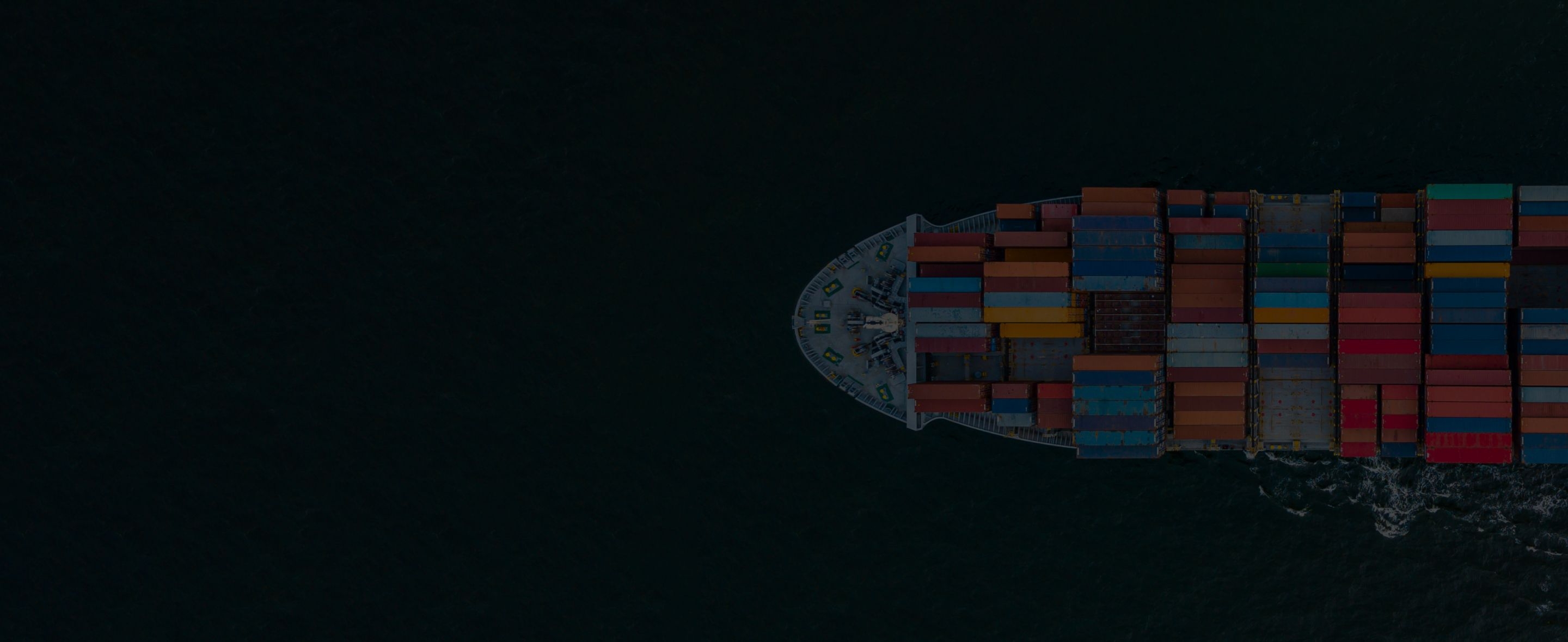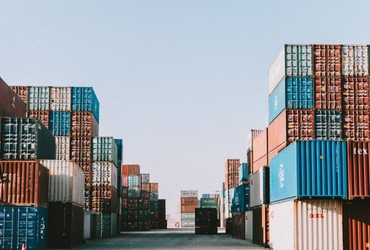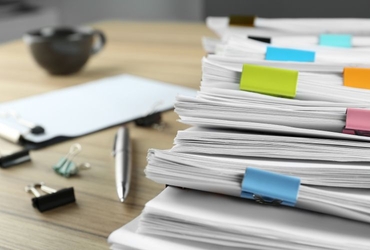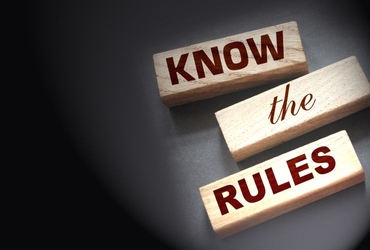
Shipping To Peru From USA: 5 Things to Know



Peru has evolved as one of the star economies in Latin America in the 21st century. It’s the reason why so many international companies are thinking of shipping to Peru in order to expand their business empire. Having an average growth rate of 5.9% in a background of low inflation, Peru has emerged as one among the region’s fastest growing economies.
If you’re in the United States and are considering shipping to Peru, there are several factors you should keep in mind. This includes all the rules and regulations along with the positive and negative factors. Make sure you evaluate everything before you ship to Peru.
Here are a few things to note down if you’re thinking of shipping to Peru from the United States of America, or from any other part of the world:
1. Taxes on Imports and Custom Duties
Peru’s tariff regime has four levels, namely 4%, 7%, 12%, and 20%. The division of custom duties is as follows: 23% on almost 11% of the products to be imported (this contains 762 codes related to agricultural products, textiles, and shoes), 12% on about 43% of the goods, 7% on a certain amount of building materials and capital goods, and 4% on almost 37% of the goods present in the tariff list (this includes intermediate products and their components).
While the non-weighted average on customs duty was 60% somewhere in the mid-90s, it’s 10.2% now. There are no quantitative restrictions applied on imports in Peru.
2. Classification of Customs
Since Peru happens to be a full member of the Andean Community, it acts in accordance to the Nandina code. This code relates to a fully synchronized tariff system that is used by all the CAN members, and follows the Harmonized System (HS) of the World Customs Organization.
Being a contracting state under the World Trade Organization (WTO), Peru has signed several bilateral agreements that guarantee a tremendously favored national treatment.
3. Non-Tariff Restrictions
Peru follows the principle of free exchange and free trade. One won’t encounter any exchange controls or quantitative restrictions here. Due to reasons related to safety and healthy, the import of a few goods is prohibited.
There are also certain items that need to be registered with the Ministry of Health, including perfumes, cosmetics, and vet products. If the raw materials being imported are to be transformed into exportable products, they are not taxed.
Four free trade zones exist in Peru, namely the tourist zones, the special trade zones, the development zones, and the zone of export treatment (in Paita, Trujillo, Ilo, Matarini, and Chimbote). Bilateral trade agreements are known to have been signed between Peru and Ecuador, the United States, and Bolivia. Multilateral agreements, too, were made with establishments including the Latin American Integration Association (ALADI).
4. Procedures of Import
In order for something to be imported to Peru, a Customs Merchandise Declaration (DAM) is required by Customs for things such as a packing list, an insurance letter, a commercial invoice, and an airway bill or bill of lading. In case the products being imported are from any of the other Andean Community members, such as Ecuador, Bolivia, or Colombia, a certificate of origin needs to be presented in order to receive tariff preferences.
There’s an option of bringing goods into the country and keeping them in a bonded warehouse. This can be done without having to pay import duties for up to 12 months. While the goods stay in the warehouse, the importer just needs to pay the duties related to the goods in the warehouse, and then clear customs, or just choose to re-export the goods. All of this can either take place for the whole shipment or be divided based on the needs of the importer.
5. Importing food
If the importer is getting in food and beverages, a sworn application must be submitted by him/her to the General Directorate of Environmental Health (DIGESA). This needs to be accompanied by a Certificate of Free Trade and Use that has been issued by the health authority of the United States of America (or whatever the country of origin is), the receipt of registration, and the future label.
In case the certificate can’t be presented, the importer is required to present a document provided by the Peruvian Consulate in the USA (or whichever is the origin country). For processed food items, the importer needs to present a food sanitary registry that is provided by the Food and Environmental Health Bureau of DIGESA.
Alternatively, one can also present a sanitary certificate for animal, plants, or related products. This certificate needs to come from National Food Safety and Quality Service (SENASA).
Whether you’re sending a gift to Peru from the USA or are attempting to start shipping to Peru for business need, there’s probably no reason why you should hesitate to do so, regardless of whichever country you’re in. In the past two decades, the growth of Peru’s economy has been at an annual average rate of 5%.
The economic outlook and situation for 2020 looks pretty bright for Peru. Therefore, an amplification of the already growing private investment sector is likely to be expected.
Related Articles


